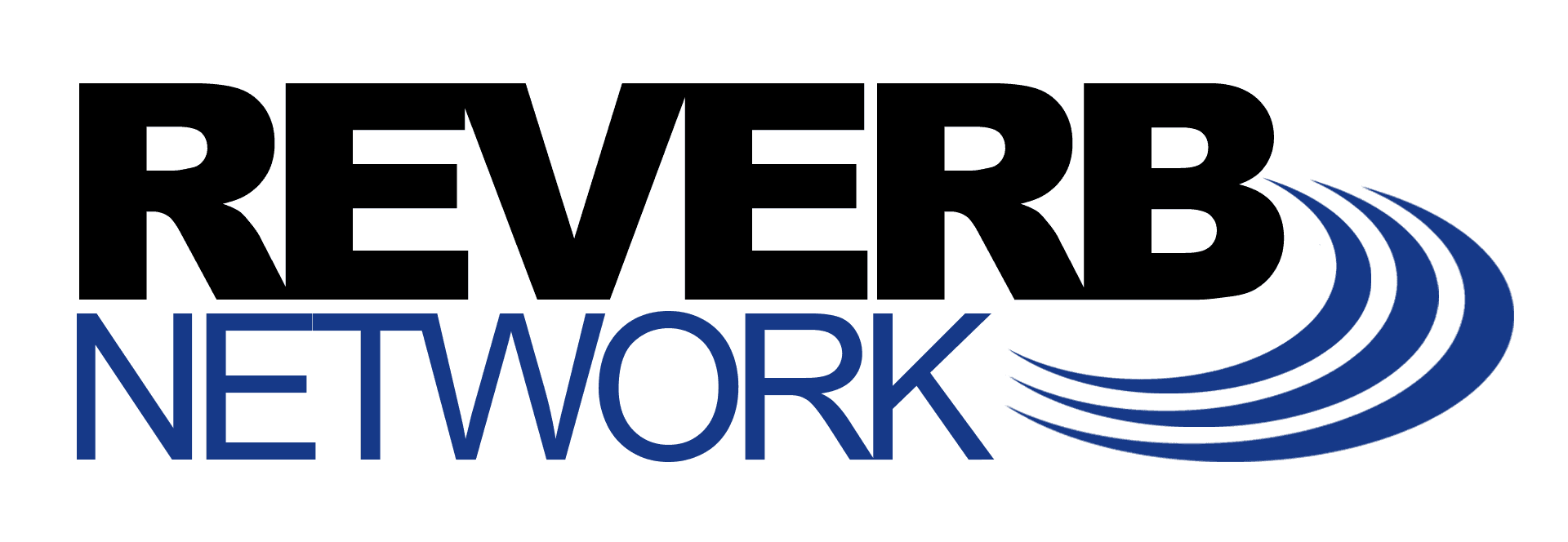Leadership Culture
Luke Kuepfer • February 14, 2020
Every organization has a distinct culture. Culture can be defined as the context in which all practices exist. It is the organization’s personality—“how things are done around here.” An organization’s culture refers to the values, attitudes, beliefs, behaviors, and practices of its members. It can include symbols, rituals, stories, and celebration events. A healthy organizational culture includes the characteristics described in Ephesians 4:1-16:
- Members of the team each bring their “A+ game” with high levels of competence, integrity, responsibility, and accountability (vs. 1 & 16).
- Humility and gentleness saturate each conversation and meeting (vs. 2).
- People agree to disagree agreeably, patiently working through challenges with love for each other and the overall mission of the organization (vs. 2).
- Everyone unites around a common purpose and mission (vs. 3).
- Team members operate primarily in their areas of greatest strength, drawing on others to compensate for their weaknesses (vs. 11).
- Everyone continually seeks to grow and develop in both people and professional skills (vs. 13 & 16).
- Organizational vigilance keeps stability in tension with risk (ie. SWOT—Strengths, Weaknesses, Opportunities, Threats—analysis) (vs. 14).
- Transparency and honesty (“speaking the truth in love”) are daily practiced virtues (vs. 15).
Understanding and making adjustments to organizational culture are essential for an organization to achieve long-term success.
[We will discuss changing organizational culture in our next post.]














